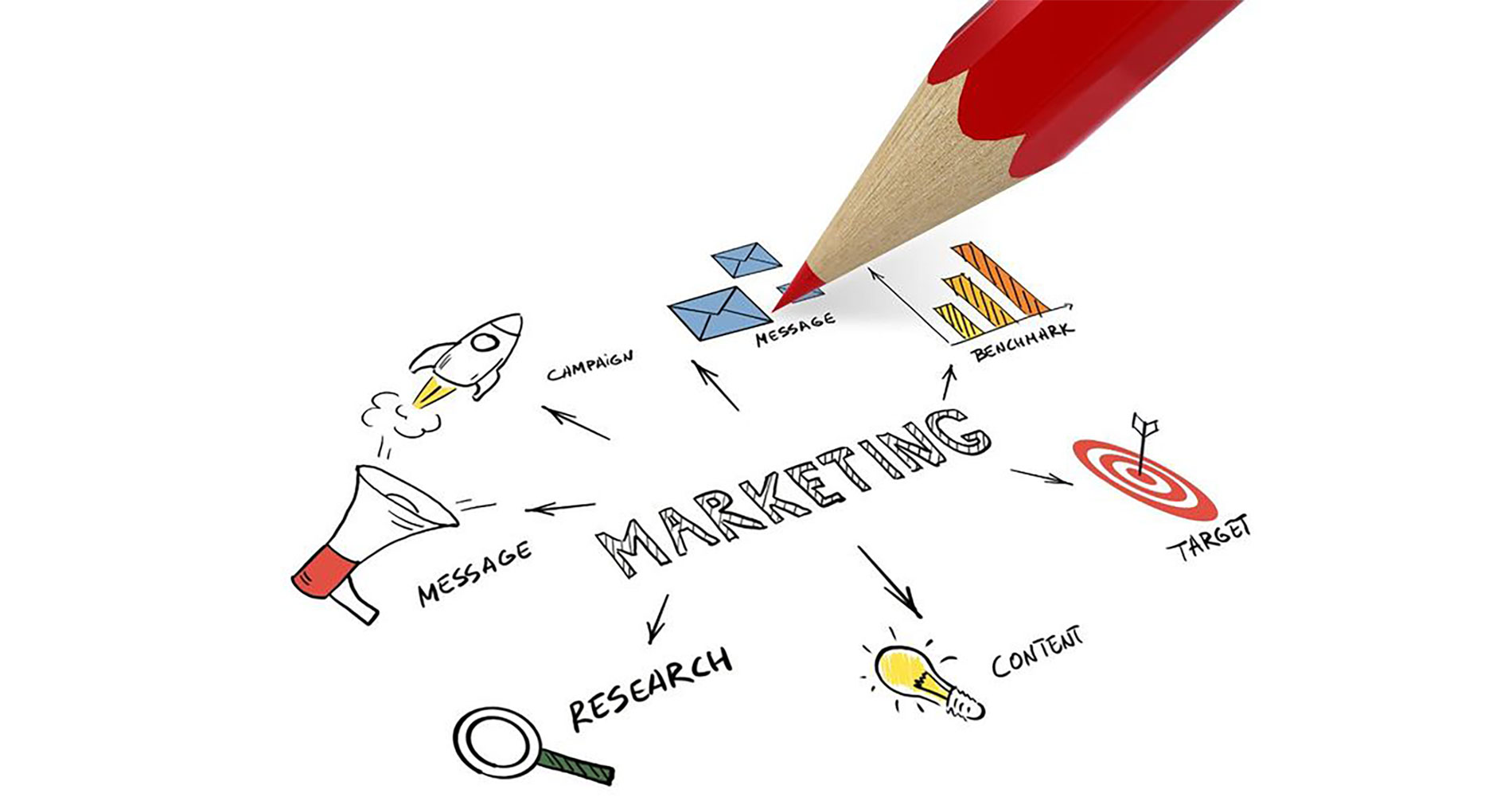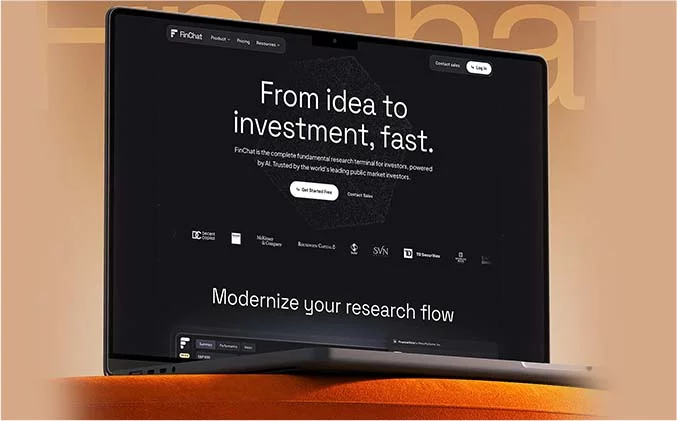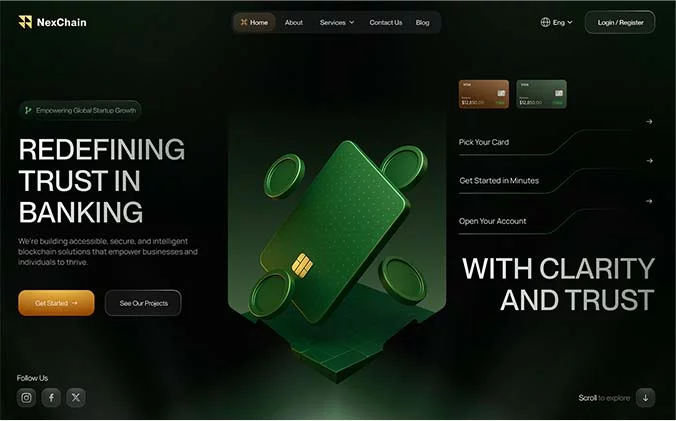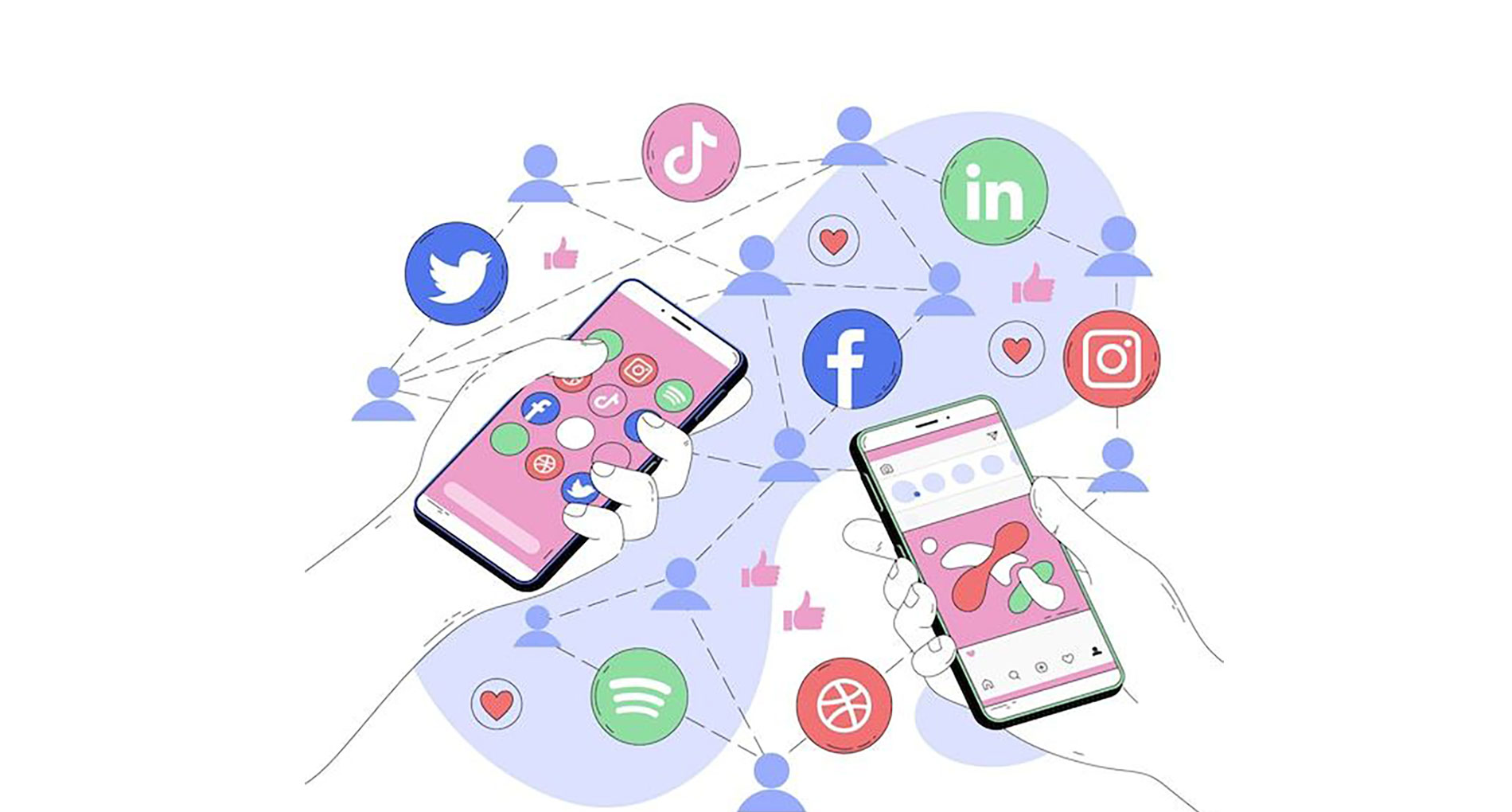
Introduction: From EMV to Real Impact
For years, brands have celebrated influencer campaigns by quoting reach, likes, and earned media value (EMV). But in 2025, those metrics aren’t enough.
Influencer-led PR is expected to prove its business worth in sales, sign-ups, and measurable returns.
According to Influencer Marketing Hub, the global influencer market will hit $32.55 billion this year. Over 80% of brands have maintained or increased their influencer budgets, and nearly half have raised them by 11% or more
Yet, measurement remains a stumbling block. One in three marketers say performance attribution is still their biggest challenge (eMarketer, 2025).
The industry’s dependence on EMV while useful hides a fundamental truth: visibility doesn’t always equal value.
To bridge that gap, brands need to evolve from counting impressions to connecting influence directly to outcomes.
The formula is simple but powerful: EMV → Attribution → Conversion.
Why the Shift from Awareness to Performance Matters
EMV and engagement metrics are still helpful for gauging visibility but they’re not indicators of ROI.
As budgets expand and executive scrutiny tightens, PR and marketing teams must link influencer activity to incremental sales, leads, and customer lifetime value.
This shift isn’t just about accountability; it’s about sustainability.
The influencer programs that will survive are those built on data, attribution, and shared success models, not just viral moments.
The Core Framework: From EMV to ROI
Transforming influencer-PR into a predictable growth driver requires a structured approach.
Here’s the four-stage framework modern brands are adopting:
| Stage | Goal | Key Metrics / Tools | Strategic Tip |
| 1. Baseline & Benchmark | Measure current performance and opportunity | Historical EMV, organic sales lift, channel multipliers | Use past campaigns to define what success looks like per $1K spend |
| 2. Attribution Architecture | Connect influencer actions to conversions | UTMs, Multi-Touch Attribution (MTA), Marketing Mix Modeling (MMM) | Integrate influencer touchpoints into your wider attribution model |
| 3. Incentive & Payment Models | Reward creators for outcomes, not output | CPA, CPL, Revenue Share, Hybrid Deals | Align incentives so creators win when you do |
| 4. Optimization & Scaling | Scale what works and eliminate waste | Incremental ROAS, CPA Trends, Lookalike Modeling | Turn top performers into always-on ambassadors |
Let’s break each stage down.
Stage 1: Baseline & Benchmark
Start with an audit. Review past influencer and PR efforts EMV, traffic lift, assisted conversions, and sales correlation.
Compare against industry benchmarks: in 2025, many brands favor micro and mid-tier creators for better cost-to-engagement ratios.
Set “minimum viable EMV” thresholds campaigns performing below this should trigger a performance review.
Stage 2: Attribution Architecture
Attribution connects storytelling to sales.
Use UTM-tagged links and custom landing pages to track traffic accurately. Implement Multi-Touch or Data-Driven Attribution to distribute credit across all influencer touchpoints.
For deeper insights, layer Marketing Mix Modeling (MMM) or AI-driven neural models to identify incremental lift.
Integrate these systems with your CRM and revenue dashboards, ensuring influencer data doesn’t sit in isolation.
Finally, maintain transparency, creators should know what data you’re tracking and why.
Stage 3: Incentive Design & Payment Models
In 2025, the smartest brands treat influencers like growth partners, not media vendors.
- Fixed + Bonus: Base pay with performance bonuses (e.g., sales, sign-ups).
- CPA / Revenue Share: Creators earn commission per action or sale.
- Hybrid Models: Fixed fee for reach, plus bonuses for conversions beyond a threshold.
Set clear guardrails so expectations are aligned — and both sides are motivated by real outcomes.
Stage 4: Optimization & Scaling
Once attribution is in place, optimization becomes easy.
Rank creators by CPA, ROAS, and incremental sales contribution.
Shift budget to your top-performing 10% and pause the underperformers.
Use lookalike modeling or AI matching to identify similar high-ROI creators.
Build always-on partnerships instead of one-off campaigns, maintaining momentum with monthly or quarterly collaborations.
Reinvest a portion of your returns into testing new formats and creators to keep innovation alive.
Pitfalls & Myths to Avoid
- More reach ≠ more sales. The biggest audiences don’t always convert affinity and trust do.
- Overreliance on EMV. EMV inflates perceived value by assigning ad-rate CPMs to impressions. It doesn’t capture true conversions.
- Attribution overlap. Without a robust model, influencer and paid social data can double-count conversions.
- One-off collaborations. Short-term campaigns hurt retention. Creators favor consistent partnerships.
- Ignoring analytics investment. Measurement tools aren’t optional they’re the backbone of performance-led PR.
A Simple ROI Formula to Get You Started
You can calculate your campaign’s real ROI using three quick formulas:
Incremental Sales = Total Conversions (from tagged links) − Baseline Conversions
Cost per Incremental Sale = Total Influencer Spend ÷ Incremental Sales
Incremental ROAS = Incremental Revenue ÷ Total Influencer Spend
To refine accuracy, apply a lift factor from MMM or similar models to adjust for organic overlap.
Conclusion: From Vanity to Value
Influencer-led PR is no longer about awareness alone it’s a measurable growth engine.
By combining structured attribution, outcome-based incentives, and continuous optimization, brands can transform influencer budgets into performance channels that drive real revenue.
The takeaway for 2025 is clear:
Stop counting likes. Start counting lift.
Influence isn’t about how far your message travels, it’s about how many people act because of it.








1 Comment
Neque porro quisquam est, qui is dolor emr ipsum quia dolor sit amet the consec tetur is adipisci velit, sed Neque porro.